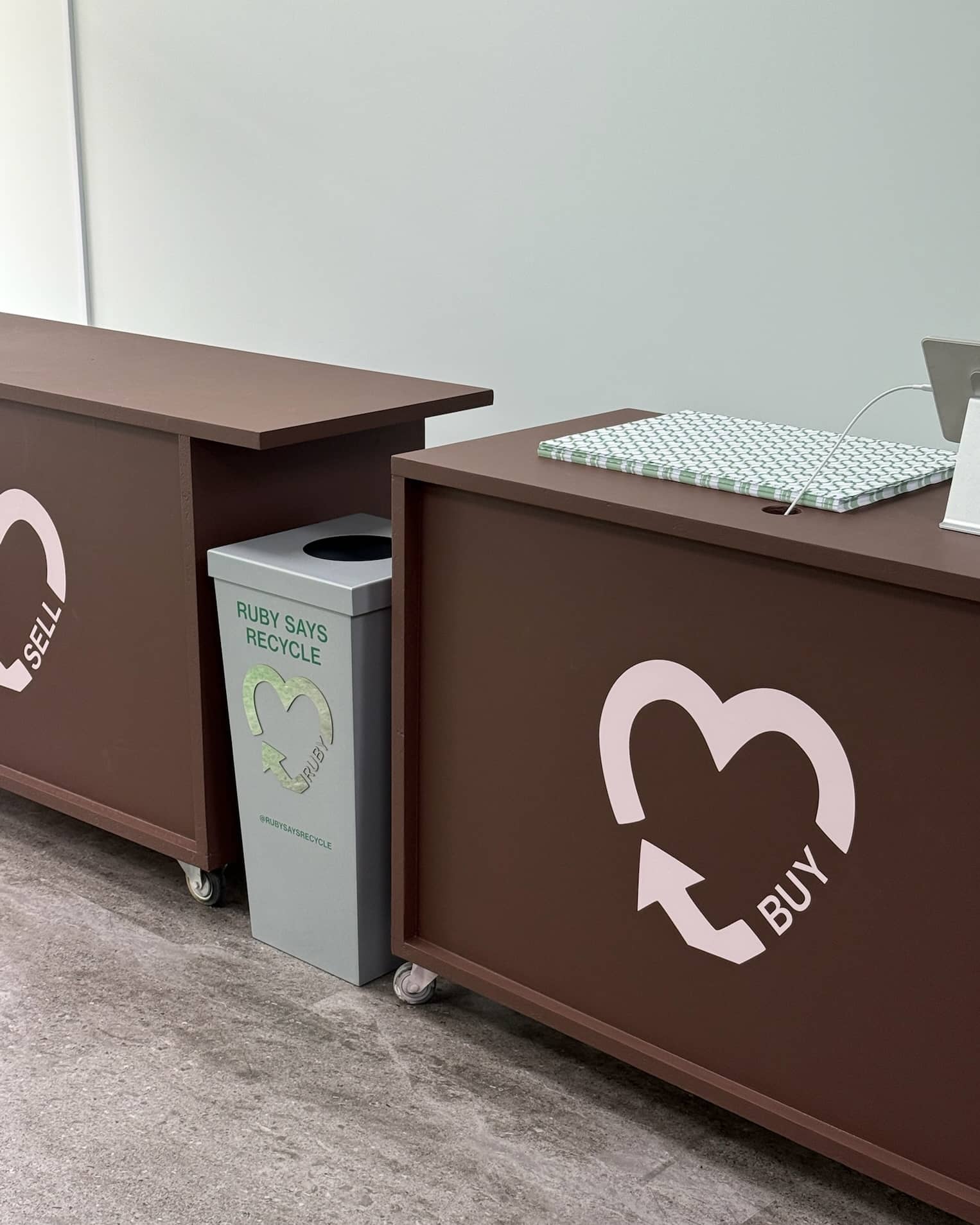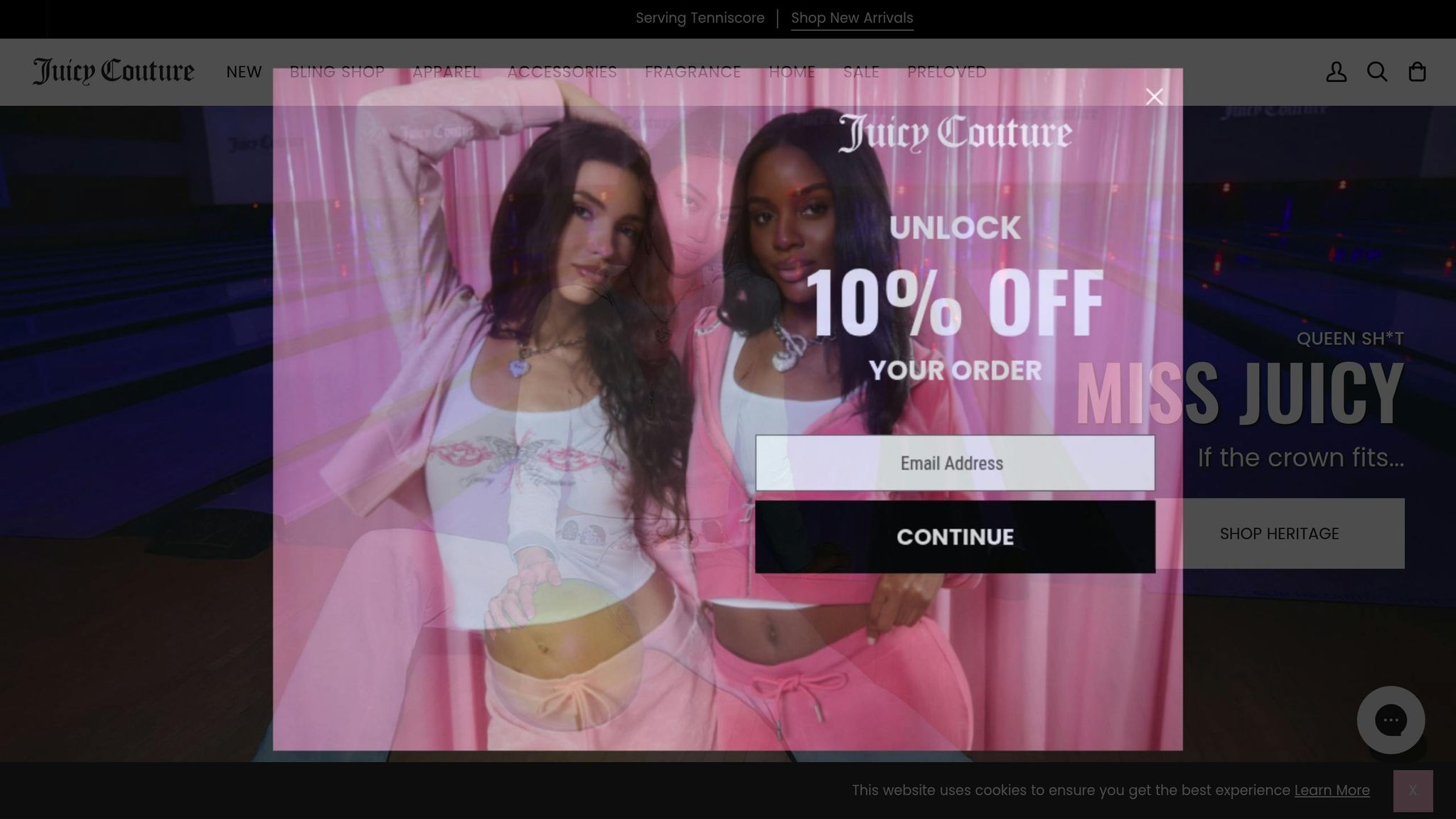
Resale is booming globally and offers Kiwi brands a way to grow revenue, attract customers, and reduce waste. With 72% of New Zealand consumers expecting sustainable practices, resale aligns with local values and global trends. Here’s how to get started:
- Set clear goals: Align your resale programme with your brand’s mission and customer needs.
- Choose a format: Peer-to-peer (low cost, direct) or take-back (quality control, trust).
- Use tools: Platforms like Almond Labs’ Cassi can streamline pricing, inventory, and logistics.
- Market effectively: Highlight your programme’s environmental impact and offer incentives like store credits or loyalty points.
- Track metrics: Focus on customer engagement, inventory performance, and sustainability impact.
Resale is not just about sustainability - it’s a smart business move. By 2027, the global resale market could hit NZ$400 billion, making it a key opportunity for brands in New Zealand.
How to Make Your Own Reselling Website Using Shopify and ...
Building Your Resale Strategy
Creating a successful resale programme requires thoughtful planning and the right tools to boost revenue and support sustainability goals. Many Kiwi brands are now seeing resale as a smart way to grow their business. Let’s dive into the key steps for building a solid resale strategy.
Define Brand Goals and Target Market
Your resale strategy should align with your brand’s mission and specific business goals. For example, M.M.LaFleur’s Second Act programme achieved 50% year-over-year growth in 2023 by staying true to its core values [2].
"We had been communicating to our customers that part of the value of shopping with us is the longevity of our styles and … 'here's how you can pass them on.'"
– Maria Costa, M.M.LaFleur's Director of Brand and Integrated Marketing [2]
"The role I play is essentially like a project manager... It takes someone who's had some experience managing budgets in order for you to be able to understand the financial model … and be able to make the case for it being a revenue driver."
– Grace Han, Director of Social Impact at Faherty [2]
Select a Resale Format
Choosing the right resale format depends on your brand’s resources and your customers’ needs. Here’s a quick comparison:
| Resale Format | Key Benefits | Best For |
|---|---|---|
| Peer-to-Peer | Lower costs, direct engagement with customers, no need for warehousing | Brands with active communities and limited resources |
| Take-Back | Better quality control, product authentication, and a managed brand experience | Brands focused on maintaining product quality and customer trust |
Pick a model that fits your operational capacity and the experience you want to offer your customers.
Set Up Resale Tools
Once your goals and format are clear, you’ll need tools to manage your programme effectively. Resale technology plays a big role in ensuring smooth operations. For example, Almond Labs' Cassi platform offers features like automated pricing and inventory management to streamline buy-back programmes. Key areas to focus on include:
- Setting clear acceptance criteria for products
- Maintaining consistent pricing
- Ensuring efficient shipping processes
- Implementing strong quality control measures
"There's definitely a business side to it... It requires understanding what matters to the core business and how resale is going to impact that positively, and being able to communicate that clearly and consistently."
– Ryan Rowe, Archive's Co-founder and Chief Technology Officer [2]
Brands like Faherty have shown how effective systems can drive results. Their Second Wave programme, for instance, now accounts for about 1% of their total revenue [2].
Market Your Resale Program
With your resale infrastructure ready, it's time to spread the word and make the most of your programme. Promoting your resale initiative effectively can attract both sellers and buyers, boosting engagement and reinforcing your brand's commitment to sustainability.
Highlight Environmental Impact
New Zealand consumers are increasingly focused on environmental issues, so showcasing the positive impact of your programme is key. For example, Cotopaxi teamed up with Trove to launch the Mas Vida recommerce platform, which, in just two months, kept around 4,490 kg of materials out of landfills and saved approximately 4,542 litres of water [1].
Here are some ways to communicate your environmental achievements:
| Impact Metric | How to Measure | Why It Matters |
|---|---|---|
| Waste Reduction | Kilograms diverted from landfill | Demonstrates clear environmental gains |
| Water Savings | Litres of water conserved | Appeals to water conservation efforts |
| Carbon Reduction | CO₂ emissions prevented | Supports broader climate action goals |
Improve Buyer Experience
A smooth buying process builds trust and encourages repeat customers. For instance, Ganni has added a "Reflaunt Smart" button to its website, allowing customers to easily resell items across a network of marketplaces [3].
To boost buyer confidence, consider these steps:
- Provide detailed descriptions of product conditions.
- Include clear, high-quality photos from multiple angles.
- Share the item's history and authentication details.
- Ensure your returns policy is simple and easy to understand.
"We are also exploring digital passports for products, which are fairly nascent but should ensure authentication and revolutionise trust in resale."
– Tom Berry, Farfetch's global director of sustainable business [3]
Create Rewards Programs
Incentivising participation is a great way to bring both sellers and buyers into your programme. Vestiaire Collective partnered with Alexander McQueen in February 2021 to launch the Brand Approved programme. Through this initiative, customers received store credit for authenticated pre-owned items, and approved items were tagged for future buyers to verify authenticity [3].
Here are some ideas for rewards structures:
| Reward Type | Benefits | Implementation |
|---|---|---|
| Store Credit | Encourages future purchases | Offer a 20% bonus credit instead of cash |
| Loyalty Points | Builds long-term engagement | Award points for both buying and selling |
| Early Access | Creates a sense of exclusivity | Give members first access to new listings |
"No-one wants to go to three different places for rental, resale and new purchases."
– Rachelle Snyder, co-founder and CEO of Arrive [3]
sbb-itb-f46a14b
Resale Success Stories
Juicy Couture REJUICED Analysis

Juicy Couture's REJUICED platform is a peer-to-peer marketplace focused on preloved items. Its success lies in a meticulous item review process and a compelling incentive: sellers receive 100% of their sale price as store credit, encouraging ongoing engagement with the brand [4].
Key features of the REJUICED programme include:
| Feature | Implementation | Impact |
|---|---|---|
| Quality Assurance | Authentication review of all preloved items | Builds buyer trust and protects brand image |
| Seller Incentives | Full sale price offered as store credit | Boosts participation and brand loyalty |
| Streamlined Process | Prepaid shipping labels and secure checkout | Simplifies the experience for all users |
These strategies align with methods used by New Zealand brands, which have tailored resale programmes to fit local preferences.
New Zealand Brand Examples
Several Kiwi brands have successfully implemented resale initiatives, blending global trends with local needs.
-
Tatty's Designer Recycle operates both online and in-store, offering a consignment service where sellers earn at least 45% of the sale price. Their online account management system makes it easy for regular consignors to track and manage their items [6].
-
& Again introduced the Tidy Kit™, a convenient solution for submitting items that resonates with New Zealanders' preference for simplicity [5].
-
The Trading Rack uses a consignment model to help women access premium brands at a fraction of the retail cost, making it a hit among budget-conscious shoppers [7].
-
Recycle Style stands out by offering sellers flexible payment options, including cash, store credit, or consignment. This approach ensures a steady flow of high-quality items, often sold at up to 90% off retail prices [8].
These Kiwi examples underline several essential elements for successful resale programmes:
| Key Factor | Implementation Example | Brand |
|---|---|---|
| Flexible Payments | Options like cash, credit, or consignment | Recycle Style |
| Simplified Logistics | Tidy Kit™ for hassle-free submissions | & Again |
| Dual Integration | Online platform paired with physical stores | Tatty's Designer Recycle |
Grow Your Resale Program
Track Key Metrics
Keep an eye on these key metrics to improve your resale programme's performance:
| Metric Category | Key Indicators | Target Goals |
|---|---|---|
| Customer Engagement | Return rate, New customer acquisition | 35% repeat purchase rate [1] |
| Inventory Performance | Turn rate, Recovery value | 20% higher margin vs liquidation [1] |
| Environmental Impact | Materials diverted, Water saved | Track monthly sustainability gains [1] |
| Financial Health | Revenue growth, Programme contribution | Approximately 1% of total revenue [2] |
These metrics help you uncover actionable insights. For example, M.M.LaFleur's Second Act programme grew by 50% year-over-year in 2023 by analysing customer behaviour and adapting its approach [2]. Adding a dedicated resale tab to their homepage also increased visibility and engagement.
Use these data points to shape strategies that drive targeted growth.
Plan for Growth
Once you've gathered insights, focus on scaling your resale programme with these strategies:
Embrace Technology
Incorporate tools like Cassi's buy-back and consignment features to simplify operations. For New Zealand-based businesses, Kiwi tech solutions can further optimise local processes. Automated valuation tools and inventory management systems ensure efficiency as you scale up.
Boost Marketing Efforts
Create campaigns that highlight the benefits of your resale programme to attract more customers.
Encourage Team Collaboration
Maria Costa, M.M.LaFleur's director of brand and integrated marketing, shares her perspective:
"I believe resale is becoming table stakes for brands, so if you have the opportunity to work on a resale programme in any capacity, regardless of what your role is, it would be valuable" [2].
Improve the Buyer Experience
| Strategy | Implementation | Expected Outcome |
|---|---|---|
| Gift Card Integration | Offer immediate trade-in rewards | 2-6x increase in redemption rates [1] |
| Quality Control | Use thorough authentication | Builds stronger brand trust |
| Omnichannel Presence | Provide online and in-store options | Reaches a broader audience |
The resale market is expected to hit approximately NZ$400 billion by 2027 [1]. Treating resale as a core business function - not just a sustainability effort - can help you tap into this growing market. It also strengthens customer relationships and supports circular fashion goals.
Next Steps
Here’s how to get your resale programme off the ground in six steps:
Set Up Your Digital Infrastructure
Start by using Almond Labs' Cassi platform. This tool helps you manage inventory and standardise pricing, making operations smoother.
Integrate with Your Main Business
Add a resale tab to your homepage to show customers that resale is a key part of your offerings. Use the platform's campaign builder to run targeted promotions and draw attention to your resale products.
Build Your Resale Team
"There's definitely a business side to it. It [requires] understanding what matters to the core business and how resale is going to impact that positively, and being able to communicate that clearly and consistently" [2].
Train your marketing, e-commerce, and logistics teams to handle resale operations effectively. Once your team is ready, set clear and achievable targets that align with what your business can handle.
Set Realistic Goals
Begin with smaller, achievable goals to ensure growth without compromising quality. Focus on keeping customers happy and maintaining high standards as you scale. Track your progress regularly to identify areas for improvement.
Monitor and Optimise
Leverage Cassi's analytics to track engagement, buy-back patterns, inventory turnover, and revenue. Regularly reviewing these metrics helps you fine-tune your programme to align with your brand's goals and move towards circular fashion objectives.
Heading 1
Heading 2
Heading 3
Heading 4
Heading 5
Heading 6
Lorem ipsum dolor sit amet, consectetur adipiscing elit, sed do eiusmod tempor incididunt ut labore et dolore magna aliqua. Ut enim ad minim veniam, quis nostrud exercitation ullamco laboris nisi ut aliquip ex ea commodo consequat. Duis aute irure dolor in reprehenderit in voluptate velit esse cillum dolore eu fugiat nulla pariatur.
Block quote
Ordered list
- Item 1
- Item 2
- Item 3
Unordered list
- Item A
- Item B
- Item C
Bold text
Emphasis
Superscript
Subscript



